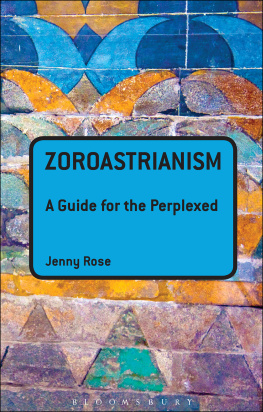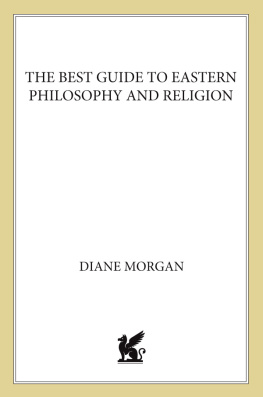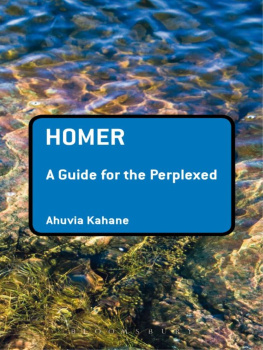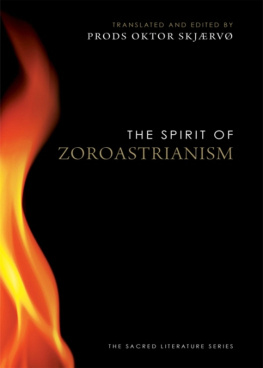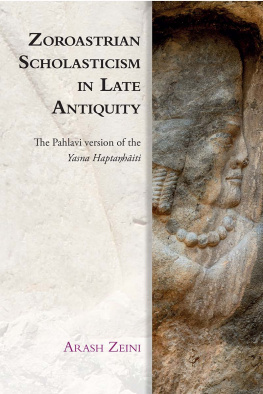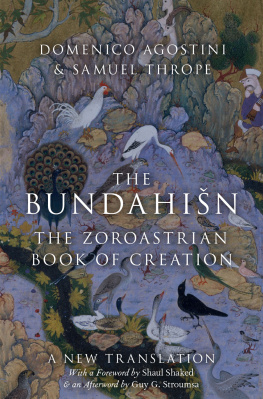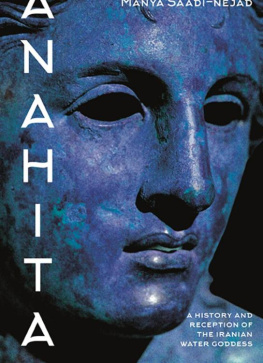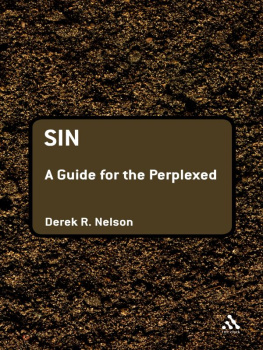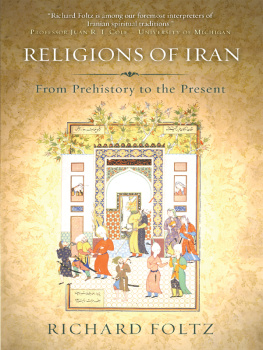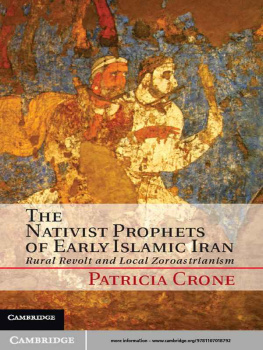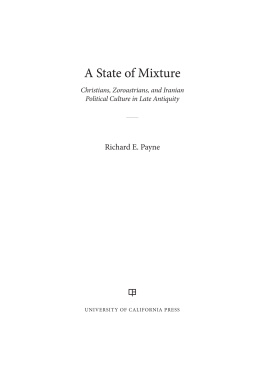Bloomsbury Academic
An imprint of Bloomsbury Publishing Plc
50 Bedford Square | 1385 Broadway |
London | New York |
WC1B 3DP | NY 10018 |
UK | USA |
www.bloomsbury.com
Bloomsbury is a registered trade mark of Bloomsbury Publishing Plc
Jenny Rose, 2011
Jenny Rose has asserted her right under the Copyright,
Designs and Patents Act, 1988, to be identified as Author of this work.
All rights reserved. No part of this publication may be reproduced or transmitted in any form or by any means, electronic or mechanical, including photocopying, recording, or any information storage or retrieval system, without prior permission in writing from the publishers.
No responsibility for loss caused to any individual or organization acting on or refraining from action as a result of the material in this publication can be accepted by Bloomsbury or the author.
British Library Cataloguing-in-Publication Data
A catalogue record for this book is available from the British Library.
ISBN: HB: 978-1-4411-8995-0
PB: 978-1-4411-1379-5
ePUB: 978-1-4411-4950-3
ePDF: 978-1-4411-2236-0
Library of Congress Cataloging-in-Publication Data
A catalog record for this book is available from the Library of Congress
ZOROASTRIANISM: A GUIDE FOR THE PERPLEXED
Bloomsbury Guides for the Perplexed
Bloomsburys Guides for the Perplexed are clear, concise and accessible introductions to thinkers, writers and subjects that students and readers can find especially challenging. Concentrating specifically on what it is that makes the subject difficult to grasp, these books explain and explore key themes and ideas, guiding the reader towards a thorough understanding of demanding material.
Guides for the Perplexed availablefrom Bloomsbury:
Calvin: A Guide for the Perplexed, Paul Helm
Christian Bioethics: A Guide for the Perplexed, Agneta Sutton
Christology: A Guide for the Perplexed, Alan Spence
De Lubac: A Guide for the Perplexed, David Grumett
Kierkegaard: A Guide for the Perplexed, Clare Carlisle
Mysticism: A Guide for the Perplexed, Paul Oliver
The Trinity: A Guide for the Perplexed, Paul M. Collins
Wesley:A Guide for the Perplexed, Jason E. Vickers
Forthcoming:
Mircea Eliade: A Guide for the Perplexed, Charles Long
Sufism: A Guide for the Perplexed, Elizabeth Sirriyeh
ZOROASTRIANISM:
A GUIDE FOR THE PERPLEXED
JENNY ROSE

To Bruce
CONTENTS
ACKNOWLEDGMENTS
Special thanks are due to those whom I have pestered with many of the questions addressed in this book. These individuals are, in alphabetical order: Ervad Dr. Jehan Bagli, Ervad Parviz Bajan, Prof. Jamsheed K. Choksy, Houtoxi Contractor, Behram Deboo, Malcolm Deboo, Manijeh Deboo, Ervad Soli P. Dastur, Mobed Mehraban Firouzgary, Anahita Fitter, Howard Goldman, Shireen Havewala, Prof. John R. Hinnells, Ervad Dr. Ramiyar Karanjia, Ryna Karnik, Mandana Moavenat, Dr. Bahman Moradian, Prof. Jesse Palsetia, Rohinton Rivetna, Prof. Prods Oktor Skjaerv, Rusi Sorabji, Mobed Dr. Rostam Vahidi, and Dr. Maneck S. Wadia.
I am indebted to Dr. Michael Stausberg and doctoral student Hkon Tandberg, both of Bergen University, Norway, for their invaluable comments and critiques. They challenged me to think more clearly and to write more concisely. To Bruce Benedict, who was my test Everyman reader, I am grateful for asking questions about the questions, and for demanding more straightforward answers.
Jenny Rose,
November, 2010
ABBREVIATIONS
A2S Artaxerxes II inscription at Susa
Av. Avestan
AWN Arda Wiraz Namag
Bd. Greater Bundahishn
BPP Bombay Parsi Punchayat
CAP Chidag Andarz-i Poryotkeshan
Dan. Biblical book of Daniel
DB Darius I inscription at Bisutun
Dd. Dadestan-i Denig
Dk. Denkard
DN Darius I inscription on his tomb at Naqsh-e Rostam
DP Darius I inscription at Persepolis
DS Darius I inscription at Susa
Dt. Biblical book of Deuteronomy
Elam. Elamite
Ezek. Biblical book of Ezekiel
FEZANA Federation of Zoroastrian Associations of North America
Gk. Greek
Heb. Hebrew
Her. Herbadestan
HN Hadokht Nask
Isa. Biblical book of Isaiah
MHD Madayan-i Hazar Dadestan
MP Middle Persian
MX Menog-i Xrad
NAMC North American Mobeds Council
Ner. Nerangestan
OAv. Old Avestan
OP Old Persian
Pers. New Persian
PGuj. Parsi Gujarati
PRDd. Pahlavi Rivayat accompanying Dadestan-i Denig
SGW Shkand Gumanig Wizar
Vd. Videvdad
Vr. Visperad
WAPIZ World Alliance of Parsi (and) Irani Zarthoshtis
WZO World Zoroastrian Organization
XP Xerxes inscription at Persepolis
Y. Yasna
YAv. Young Avestan
YH Yasna Haptanghaiti
Yt. Yasht
Zds. Wizidagiha-i Zadspram
ZTFE Zoroastrian Trust Funds of Europe, Inc.
THE QUESTIONS
Introduction:
What does the word Zoroastrian mean?
Who is a Zoroastrian?
What is Zoroastrianism?
Chapter 1: Thoughts, or What Zoroastrians Believe
What is the Zoroastrian concept of God?
What is the relationship of Ahura Mazda to the world?
What is the significance of fire?
Do Zoroastrians believe in one God or many?
Where does evil come from?
What is the purpose of human existence?
What happens at the End?
Do Zoroastrian concepts relate to those of other religions and philosophies?
Chapter 2: Words, or What Zoroastrians Say, and Who Has the Voice
What are the sacred texts of the religion?
How did the teachings of the religion spread?
Who is/was Zarathushtra?
Who holds religious authority?
Can women become priests?
What voice do Zoroastrians have as a minority religion?
Who determines the religious calendar?
What is the reason for the Western fascination with Zarathushtra?
Chapter 3: Deeds, or How Zoroastrians put Religion into Action
What does daily praxis involve?
Do Zoroastrians have special dietary rules?
What is the role of fire in Zoroastrian worship?
What do priests do?
What are the Zoroastrian rites of passage?
What festivals occur in the Zoroastrian calendar?
Are there gender differences with regard to praxis?
How do Zoroastrians put their ethics into practice?
INTRODUCTION
The intention of the Guides for the Perplexed series is to immerse readers in the various theories of knowledge that relate to the way humans think and act, and to aid navigation through difficult concepts and complex texts. The Zoroastrian religion is an ideal subject for such study, since many of its concepts are already familiar, but its significance in the development of the history of thought is often only mentioned in passing, or completely overlooked.
Zoroastrianism has developed over a span of at least three thousand years, beginning in prehistory as an oral tradition with roots in a common Indo-Iranian culture and mythology, then becoming established as part of imperial Iranian ideology within an Ancient Near Eastern setting, and emerging in variant forms in western and central Asia in late antiquity. The religion continues as a living faith for an estimated 130150,000 adherents in the world today. Because of its trans-historical and trans-cultural development there are many valid approaches to the study of Zoroastrianism. Any author writing a book about the religion has to decide which methodologyor range of methodologiesto use in presenting the material. I have opted here to focus on the questions that the perplexed seeker might ask of a Zoroastrian, and to attempt to answer those questions using historical and religious (sacred) sources, alongside personal anecdotes.
Next page
